Flow and turnover are two important concepts in aquarium keeping that refer to the movement of water in the tank.
Flow refers to the movement of water within the tank, created by a powerhead, pump, or filter. It helps distribute heat and oxygen evenly, and promotes the circulation of water and waste, which can improve the overall health and well-being of the aquarium's inhabitants. The flow rate should be adjusted to meet the specific needs of the aquarium's inhabitants, and should be strong enough to create a gentle current, but not so strong as to create turbulence or stress the fish.
Turnover, on the other hand, refers to the total volume of water that is moved through the filtration system in a given period of time. It is calculated by multiplying the flow rate by the number of hours the system operates. Turnover is important because it helps remove waste and contaminants from the water, and ensures that the aquarium's inhabitants receive a constant supply of fresh, clean water. The recommended turnover rate for a freshwater aquarium is typically 4 to 10 times the volume of the tank per hour.
In conclusion, flow and turnover are both important for maintaining a healthy and thriving aquarium, but they serve different purposes. Flow helps distribute heat and oxygen, while turnover helps remove waste and contaminants, ensuring that the water remains clean and healthy. To achieve optimal conditions in your aquarium, it is important to understand and balance the flow and turnover of water in your tank.


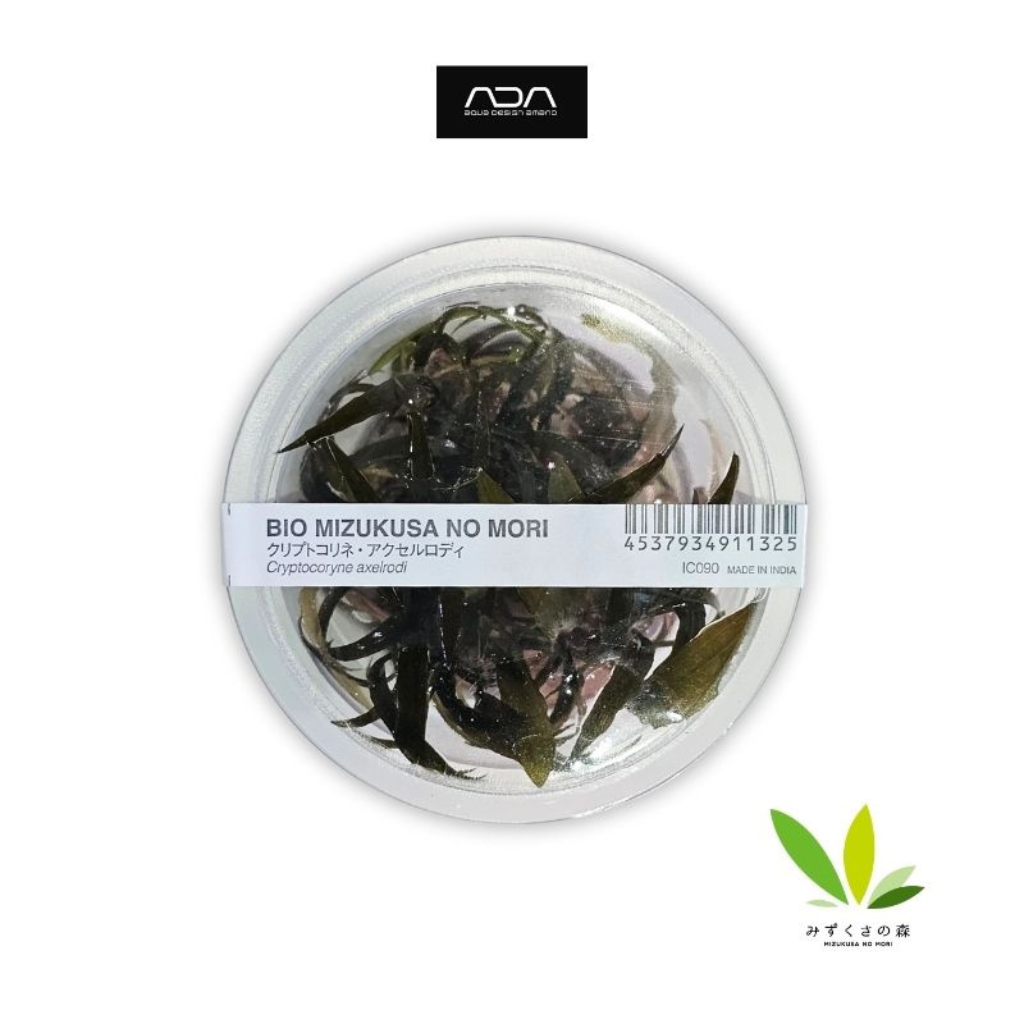
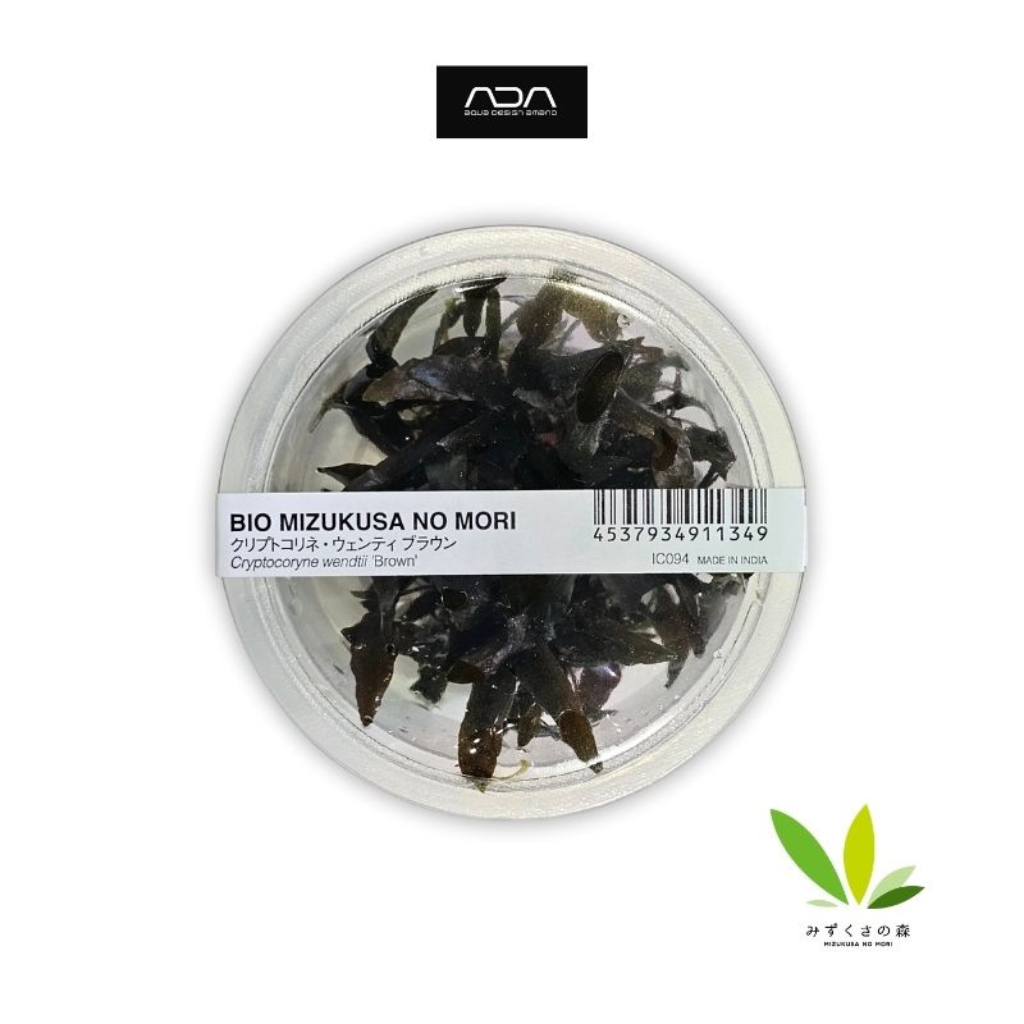
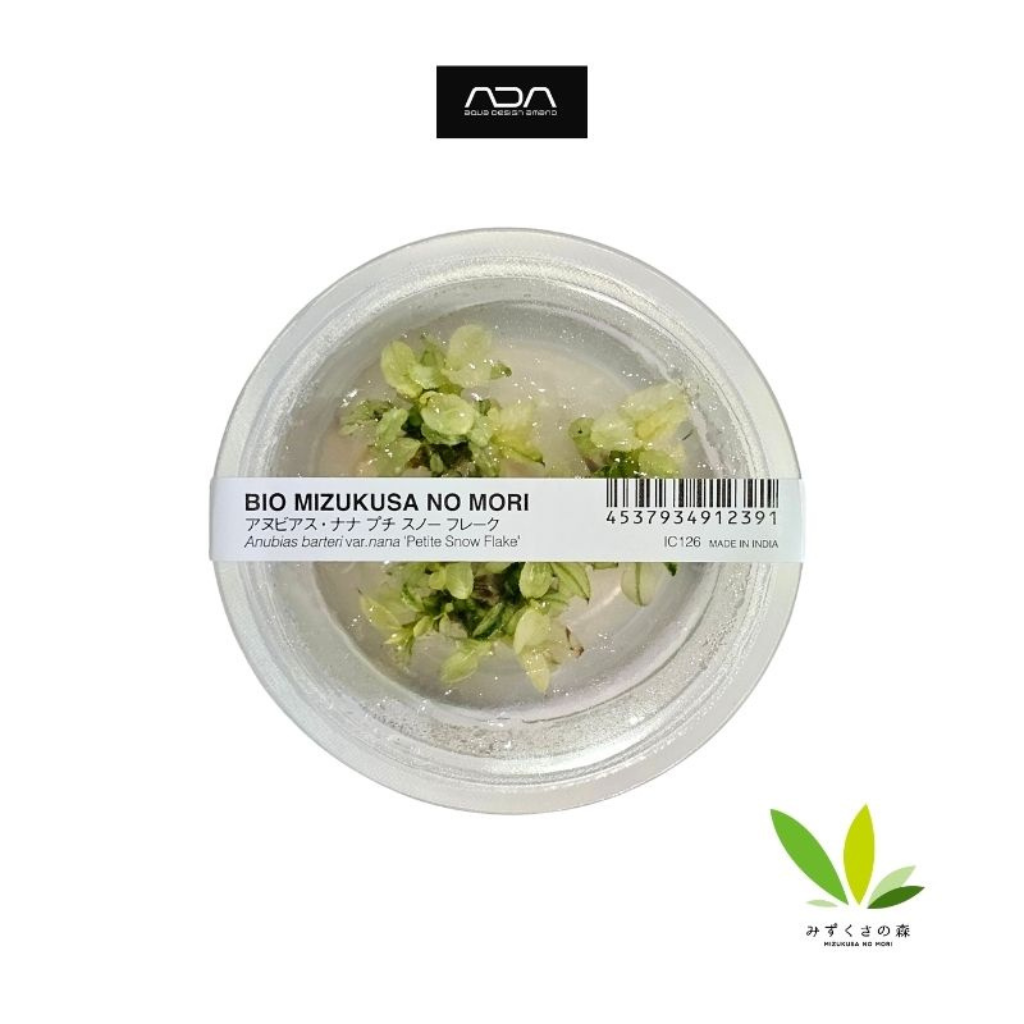

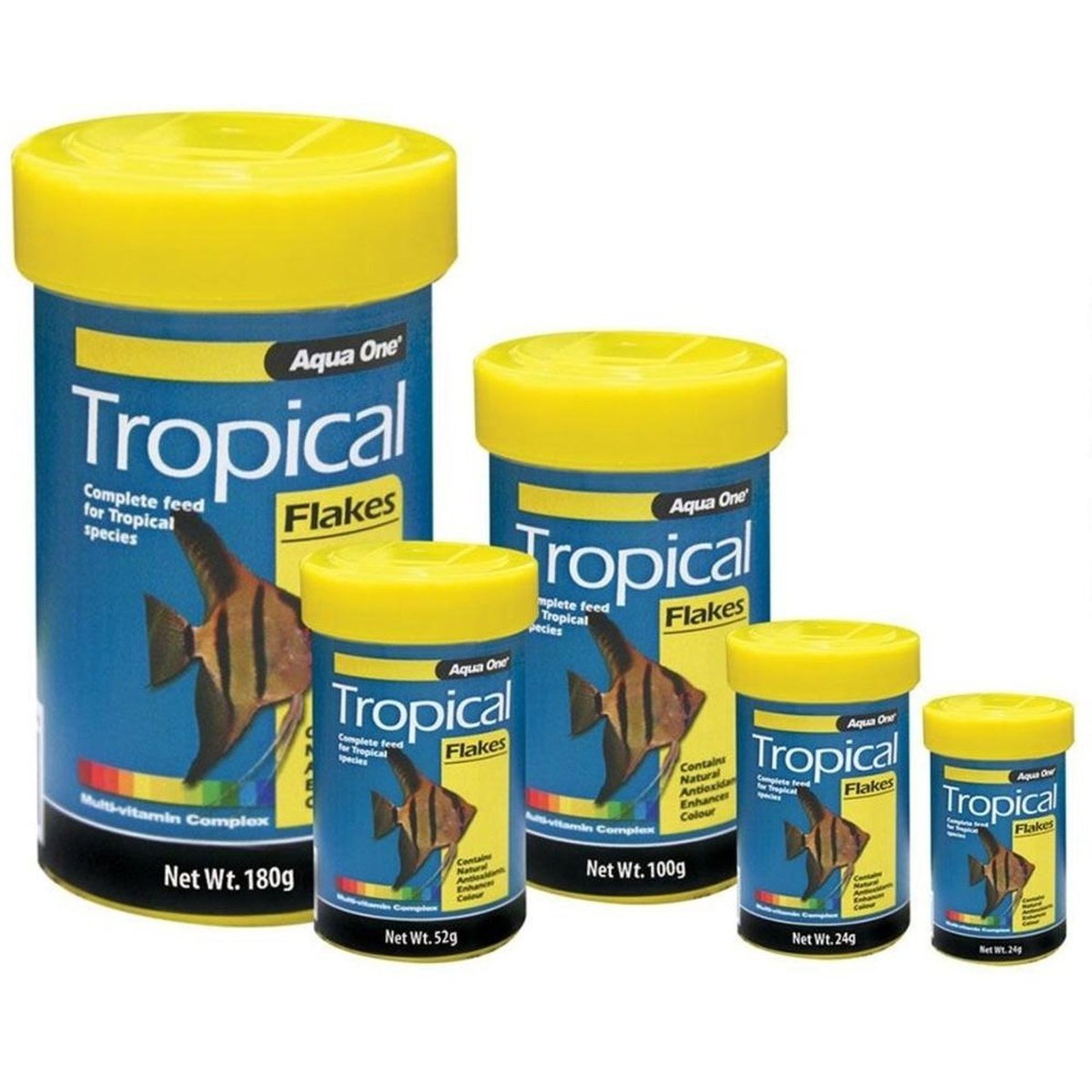

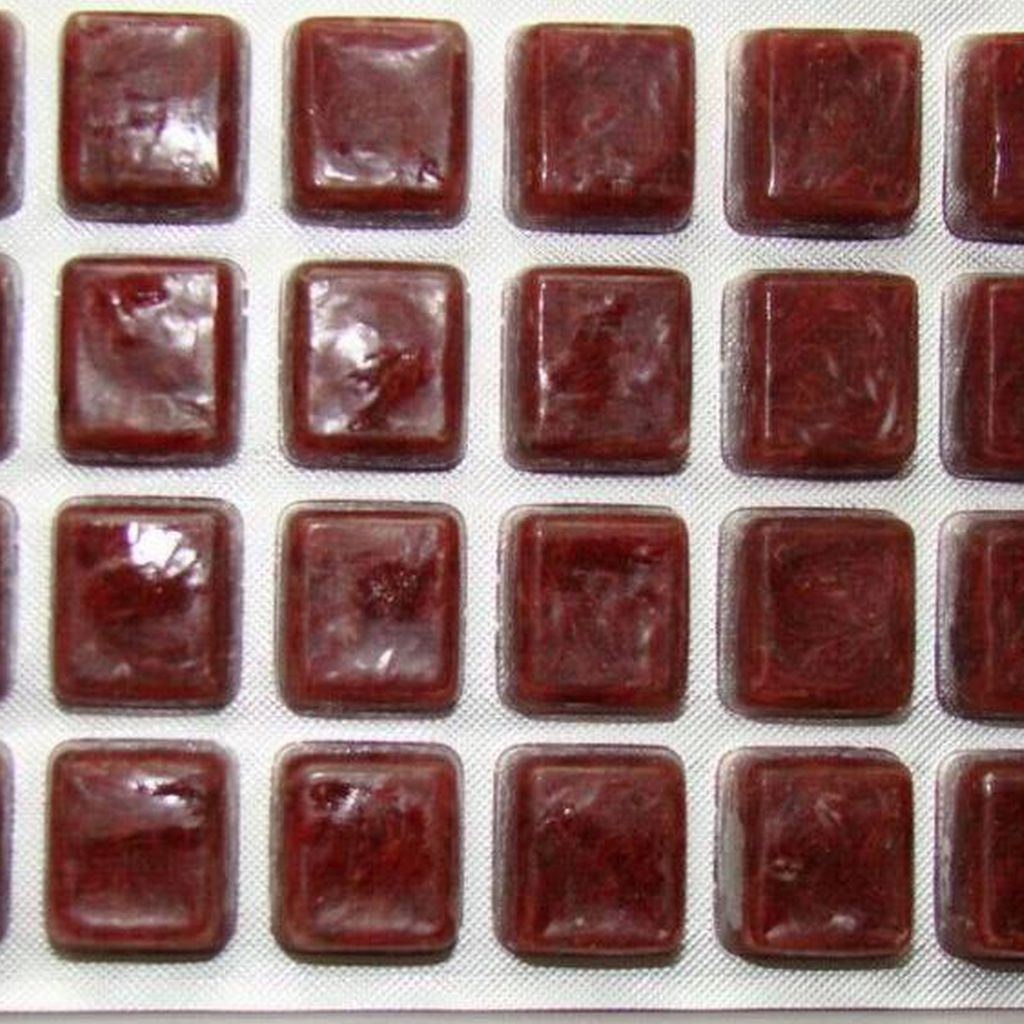





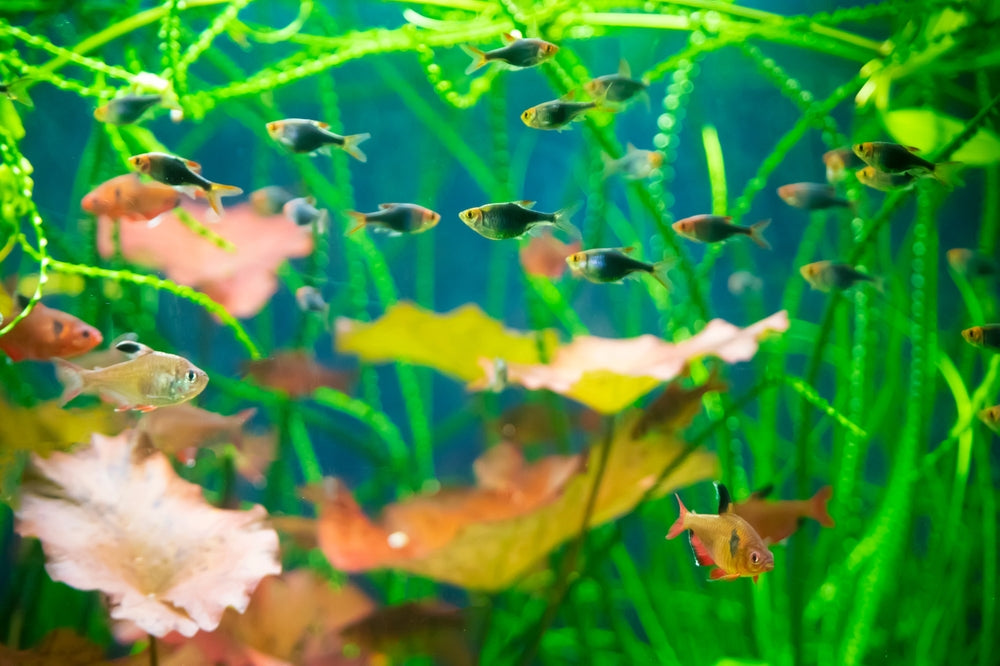
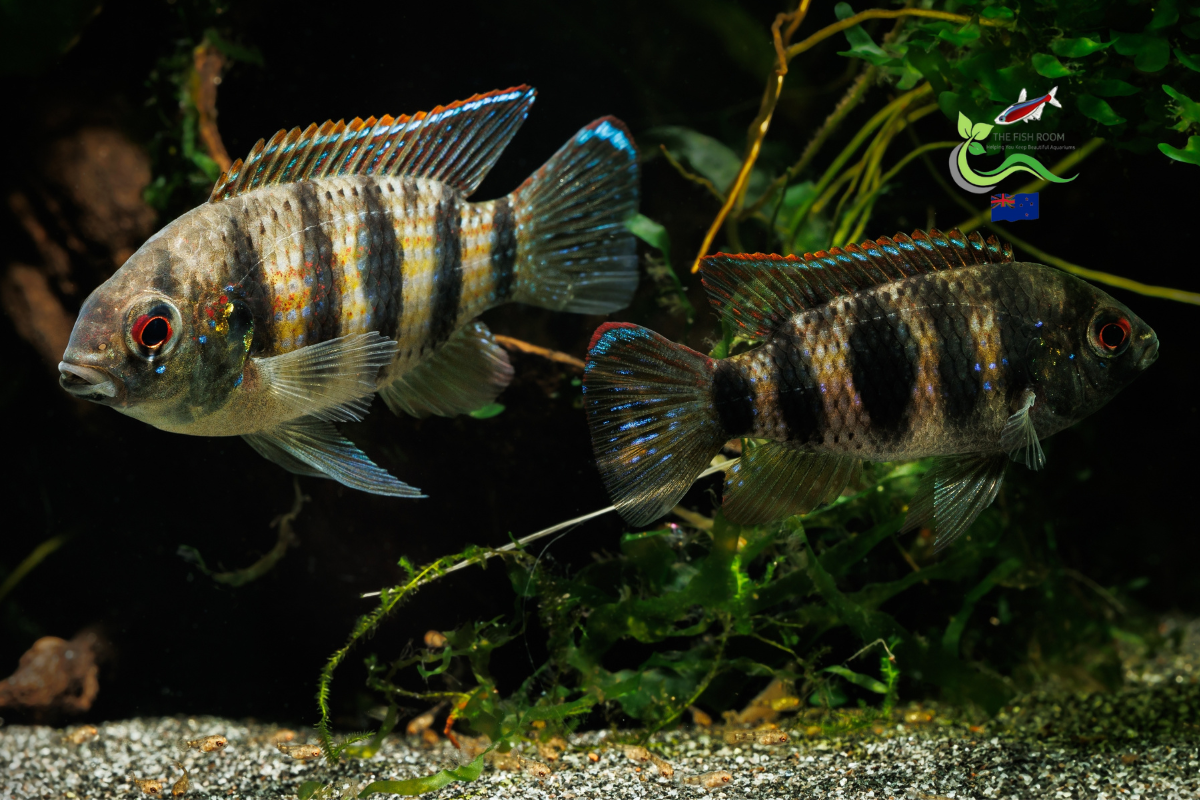
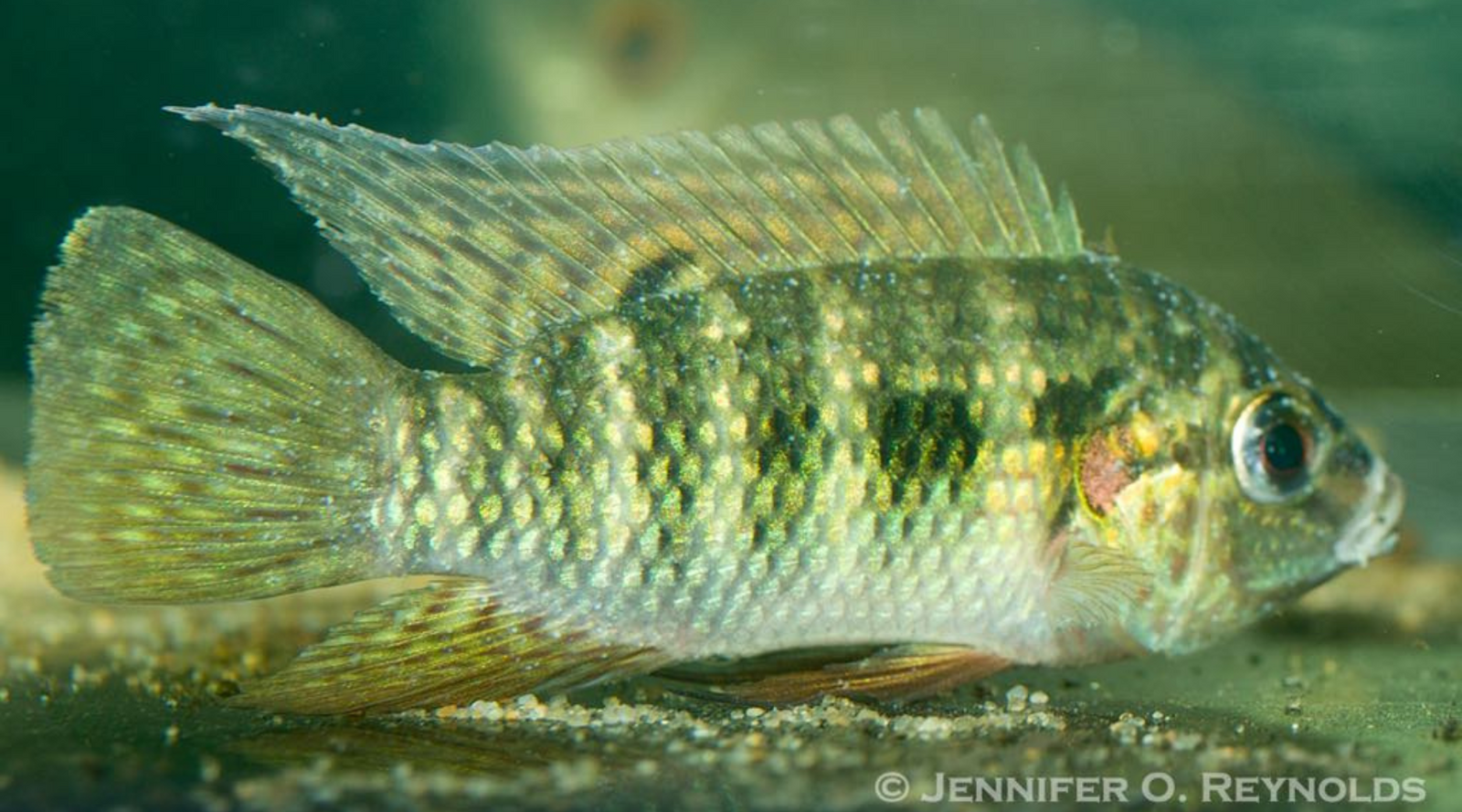
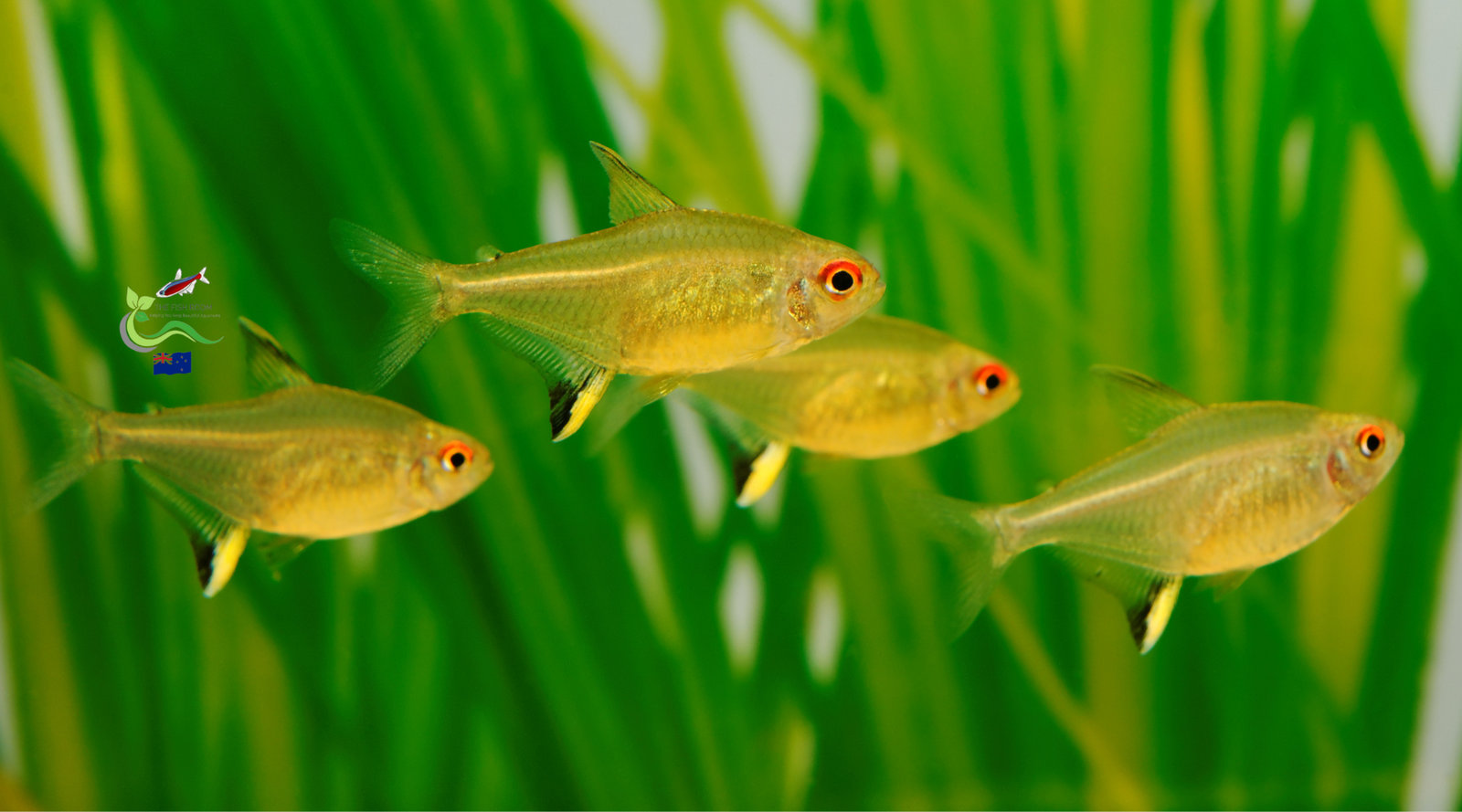
Leave a comment (all fields required)